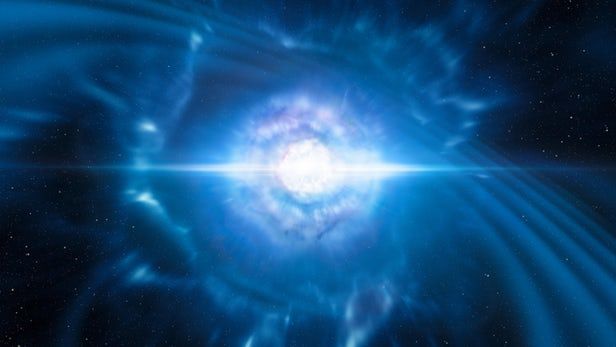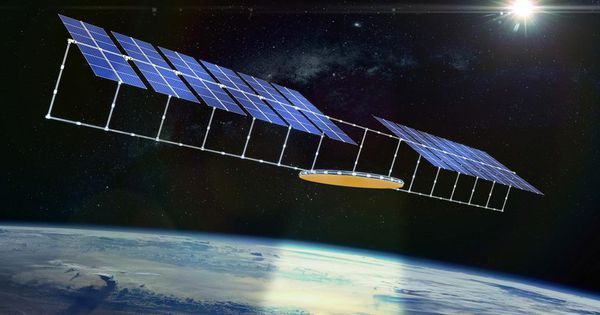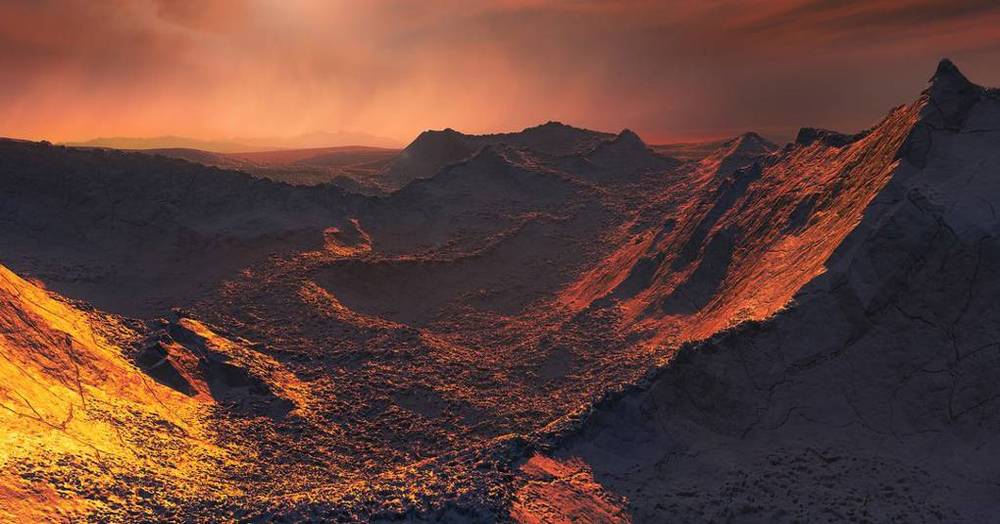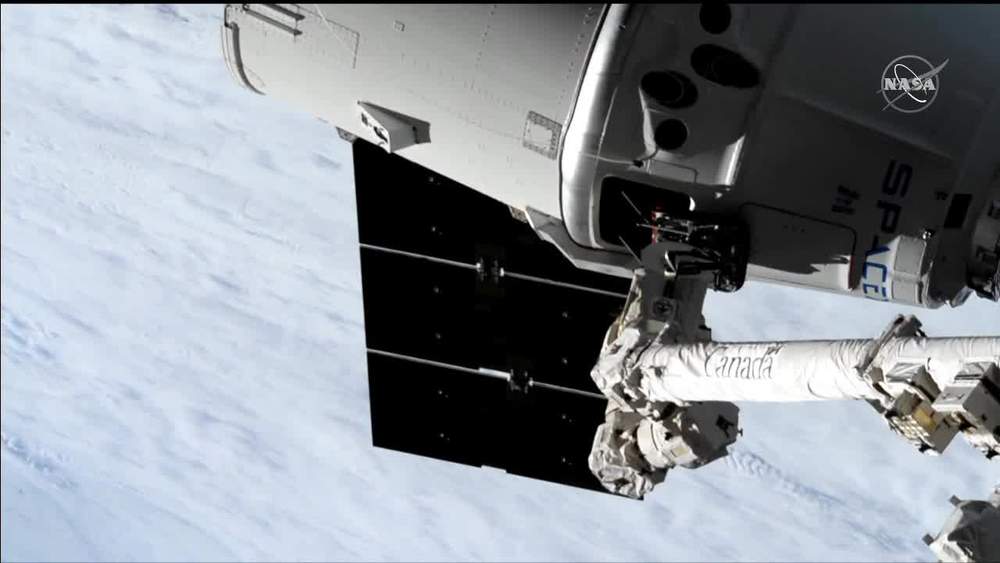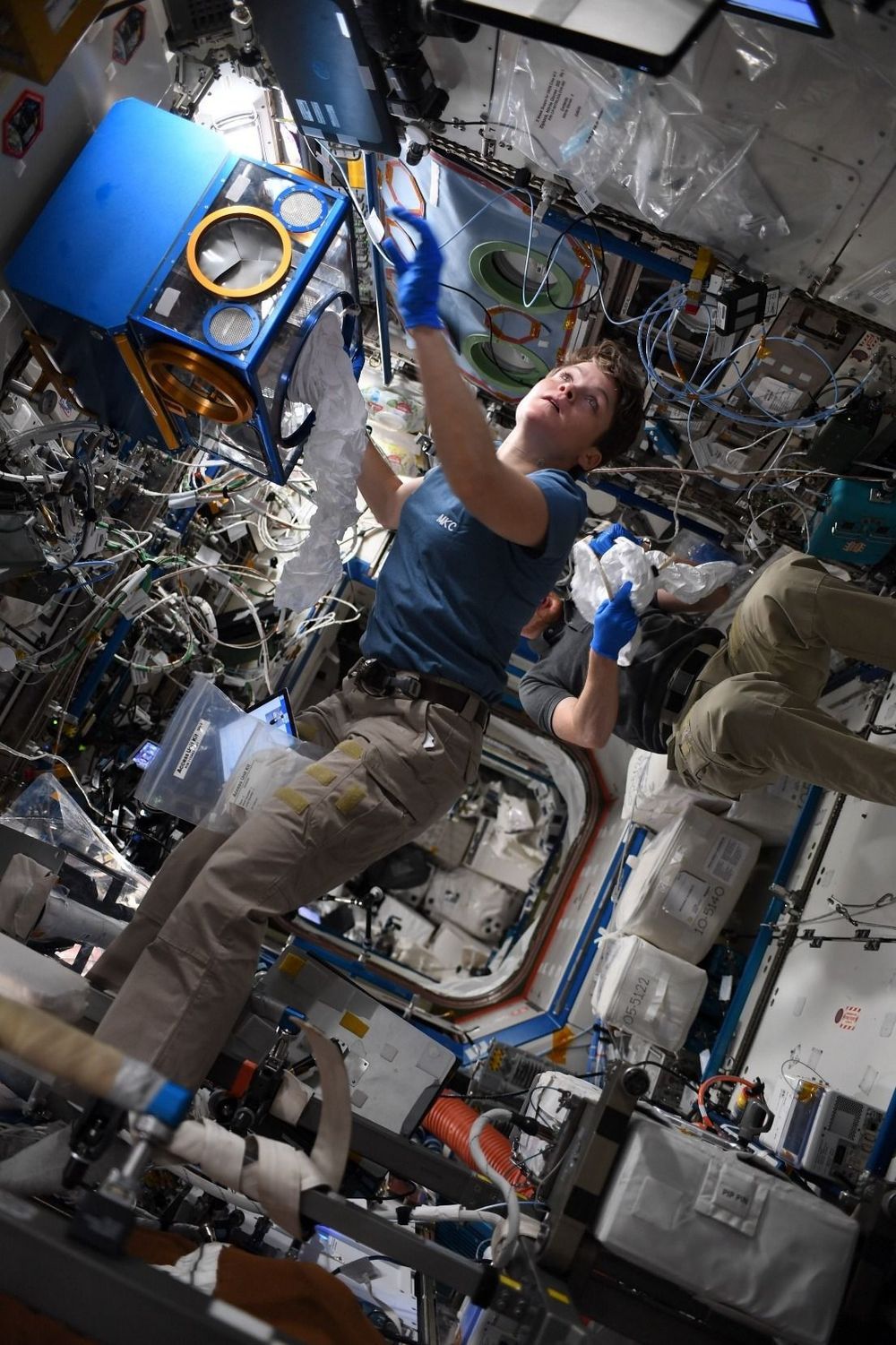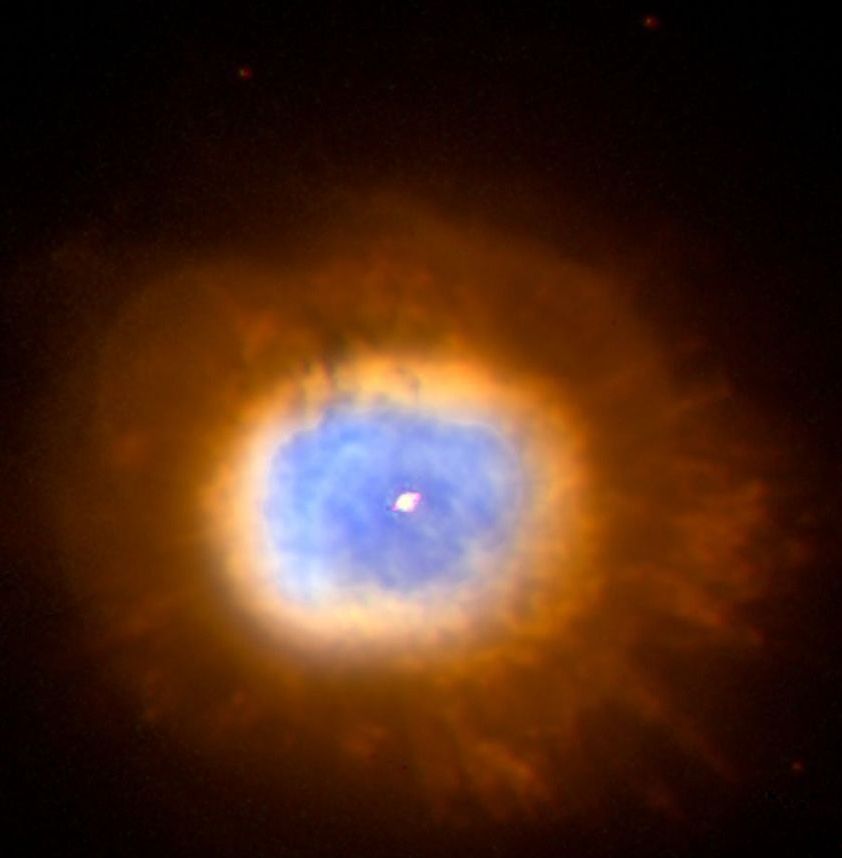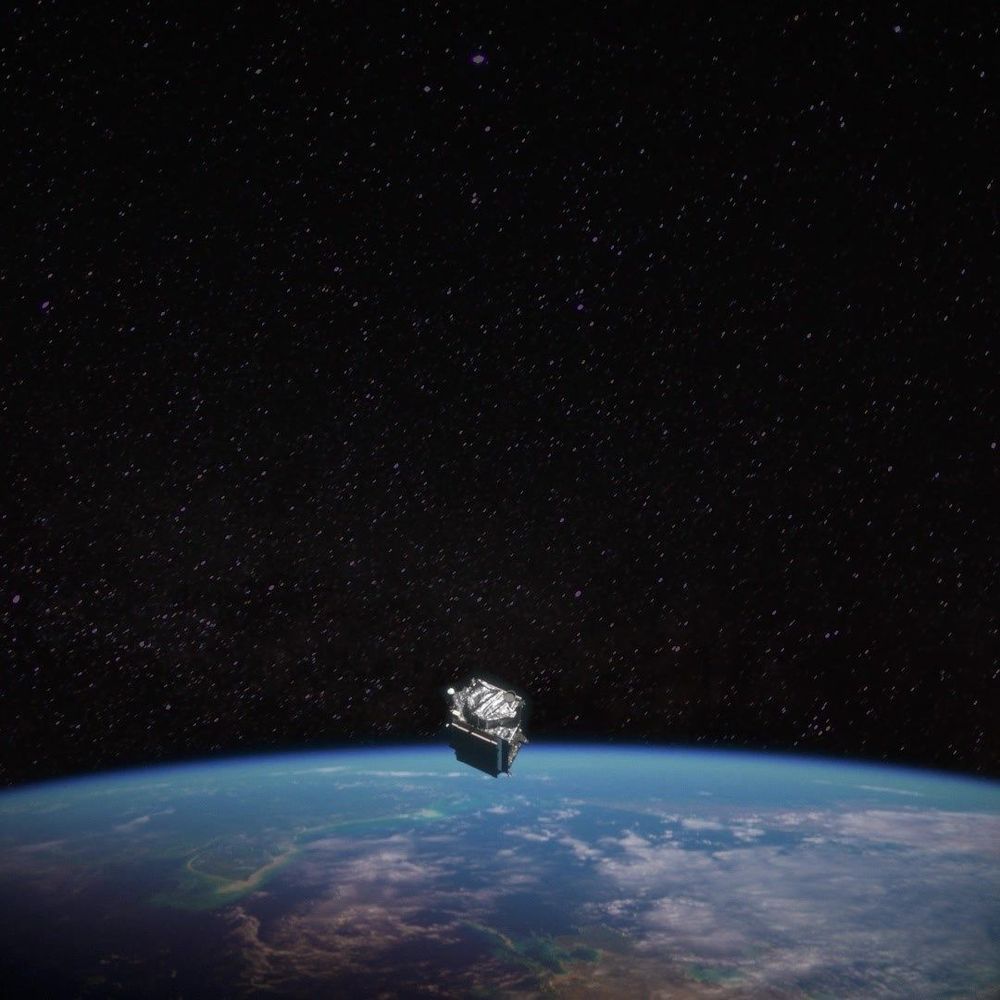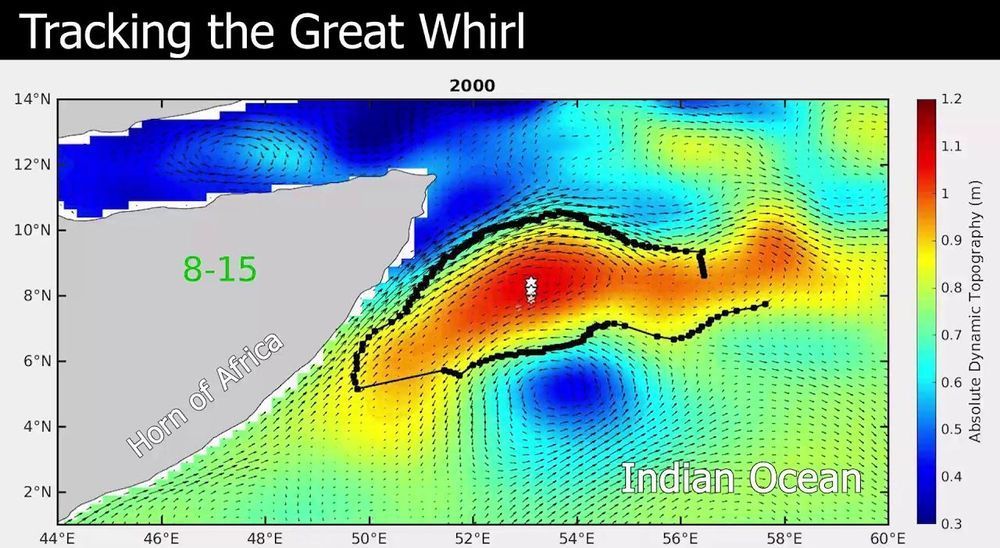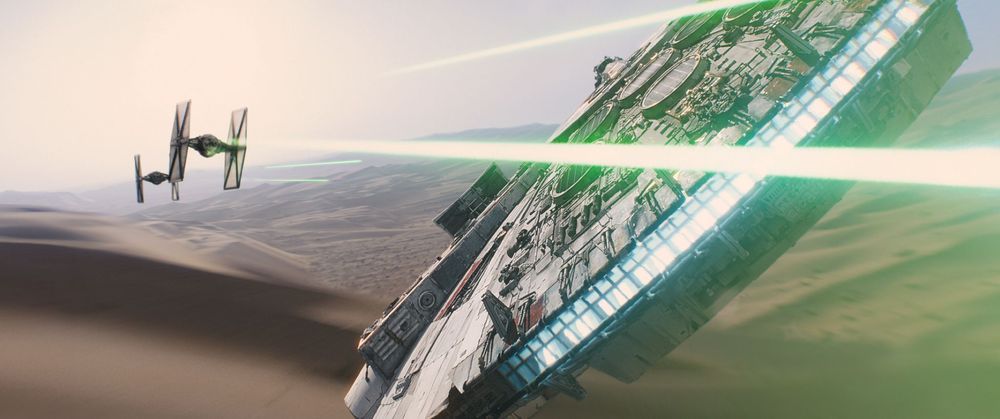#StarWarsDay #StarWars #StarWarsCelebration #NASA #MayThe4thBeWithYou
Space Screening, ‘TIE’-ins, Tatooine and The Droids You’re Looking For
NASA astronauts “use the force” every time they launch … from a certain point of view. We have real-world droids and ion engines. We’ve seen dual-sun planets like Tatooine and a moon that eerily resembles the Death Star. And with all the excitement around the premiere of Star Wars: The Force Awakens, the Force will soon be felt 250 miles above Earth on the International Space Station. Disney is sending up the new film so the astronauts can watch in orbit, and the station’s commander, Scott Kelly, can hardly wait:
If you’re looking to be a “sky walker” yourself someday, NASA is now taking astronaut applications and we’re offering a list of Star Wars-related reasons you should apply. Recently returned station astronaut Kjell Lindgren is such a fan that he posed with his station crewmates in a Jedi-themed mission poster and talked to StarWars.com about it. Shortly before leaving the station, Lindgren tweeted about the uncanny resemblance of the station’s cupola to the cockpit of an Imperial TIE Fighter:
Read more
